-

5-Chloro-1-methylindolin-2-one CAS:41192-33-0
5-Chloro-1-methylindolin-2-one is a chemical compound with diverse applications in organic synthesis and pharmaceutical research. With the molecular formula C9H8ClNO, this compound features an indolin-2-one core substituted with a chlorine atom and a methyl group, making it valuable for various synthetic transformations and medicinal chemistry endeavors. Its unique structural properties offer opportunities for creating novel molecules and exploring potential biological activities, positioning it as a versatile building block in drug discovery and development.
-
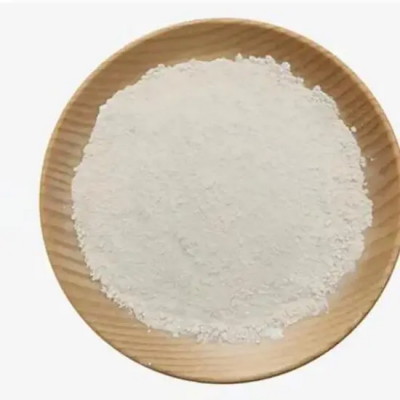
6-Methyl-1,4-diazepan-5-one CAS:955082-87-8
6-Methyl-1,4-diazepan-5-one is a chemical compound with diverse applications in organic synthesis and pharmaceutical research. With the molecular formula C7H12N2O, this compound features a diazepanone core substituted with a methyl group, making it valuable for various synthetic transformations and medicinal chemistry endeavors. Its unique structural properties offer opportunities for creating novel molecules and exploring potential biological activities, positioning it as a versatile building block in drug discovery and development.
-
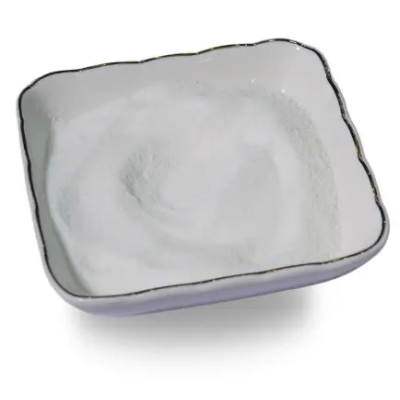
methyl 5-(benzyloxymethyl)picolinate CAS:74386-59-7
Methyl 5-(benzyloxymethyl)picolinate is a chemical compound with diverse applications in organic synthesis and medicinal chemistry. With the molecular formula C14H13NO3, this compound features a picolinate core attached to a benzyl-protected oxygen functionality, making it valuable for various synthetic transformations and drug development endeavors. Its unique structural properties offer opportunities for creating novel molecules and exploring potential biological activities, positioning it as a versatile building block in pharmaceutical research.
-

ethyl piperazine-2-carboxylate dihydrochloride CAS:129798-91-0
Ethyl piperazine-2-carboxylate dihydrochloride is a chemical compound with diverse applications in organic synthesis and pharmaceutical research. With the molecular formula C8H18N2O2·2HCl, this compound features a piperazine core substituted with an ethyl ester functionality and two hydrochloride salts, making it valuable for various synthetic transformations and medicinal chemistry pursuits. Its unique structural properties offer opportunities for creating novel molecules and exploring potential biological activities, positioning it as a versatile building block in drug discovery and development.
-
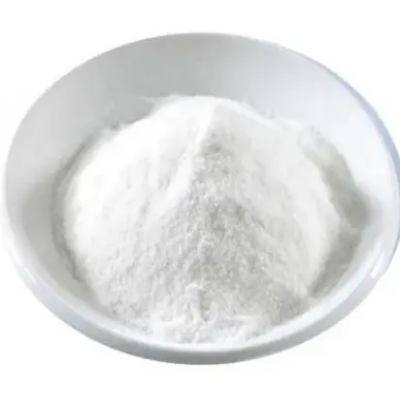
2-o-tolylpiperazine CAS:161115-88-5
2-o-tolylpiperazine is a chemical compound with diverse applications in organic synthesis and pharmaceutical research. With the molecular formula C11H16N2, this compound features a piperazine core substituted with an o-tolyl group, making it valuable for various synthetic transformations and medicinal chemistry endeavors. Its unique structural properties offer opportunities for creating novel molecules and exploring potential biological activities, positioning it as a versatile building block in drug discovery and development.
-
![2-(3-amino-2-oxo-2,3,4,5-tetrahydrobenzo[b]azepin-1-yl)acetic acid CAS:86499-19-6](https://cdn.globalso.com/xindaobiotech/VMLV8UWXAZ0XBLS6M18.png)
2-(3-amino-2-oxo-2,3,4,5-tetrahydrobenzo[b]azepin-1-yl)acetic acid CAS:86499-19-6
2-(3-amino-2-oxo-2,3,4,5-tetrahydrobenzo[b]azepin-1-yl)acetic acid is a chemical compound with diverse applications in organic synthesis and pharmaceutical research. With the molecular formula C14H15N3O3, this compound features a tetrahydrobenzo[b]azepine core substituted with an amino group and a carboxylic acid functionality, making it valuable for various synthetic transformations and medicinal chemistry endeavors. Its unique structural properties offer opportunities for creating novel molecules and exploring potential biological activities, positioning it as a versatile building block in drug discovery and development.
-

1-Methyl-6,7-dihydro-1H-indazol-5(4H)-one CAS:115215-92-4
1-Methyl-6,7-dihydro-1H-indazol-5(4H)-one is a chemical compound with diverse applications in organic synthesis and pharmaceutical research. With the molecular formula C9H10N2O, this compound features an indazole core substituted with a methyl group and a ketone functionality, making it valuable for various synthetic transformations and medicinal chemistry endeavors. Its unique structural properties offer opportunities for creating novel molecules and exploring potential biological activities, positioning it as a versatile building block in drug discovery and development.
-
![2-(3-((tert-Butoxycarbonyl)amino)-2-oxo-2,3,4,5-tetrahydro-1H-benzo[b]azepin-1-yl)acetic acid CAS:103105-97-1](https://cdn.globalso.com/xindaobiotech/VYH6FUCIIBE_I7B6OOPY37.png)
2-(3-((tert-Butoxycarbonyl)amino)-2-oxo-2,3,4,5-tetrahydro-1H-benzo[b]azepin-1-yl)acetic acid CAS:103105-97-1
2-(3-((tert-Butoxycarbonyl)amino)-2-oxo-2,3,4,5-tetrahydro-1H-benzo[b]azepin-1-yl)acetic acid is a versatile chemical compound with applications in organic synthesis and pharmaceutical research. With the molecular formula C20H24N2O6, this compound features a tetrahydro-1H-benzo[b]azepine core substituted with a tert-butoxycarbonyl-protected amino group and a carboxylic acid functionality, making it valuable for diverse synthetic transformations and medicinal chemistry pursuits.
-
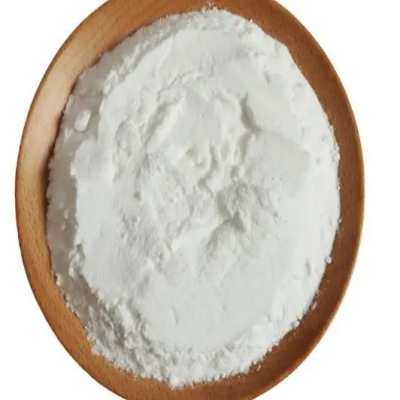
1-(4-methylenepiperidin-1-yl)ethanone CAS:308087-58-3
1-(4-methylenepiperidin-1-yl)ethanone is a chemical compound with applications in organic synthesis and pharmaceutical research. With the molecular formula C8H13NO, this compound features a piperidine ring and a ketone functional group, making it valuable for diverse synthetic transformations and medicinal chemistry endeavors. Its unique structural characteristics offer opportunities for creating novel molecules and exploring their potential biological activities, positioning it as a versatile building block in drug discovery and development.
-
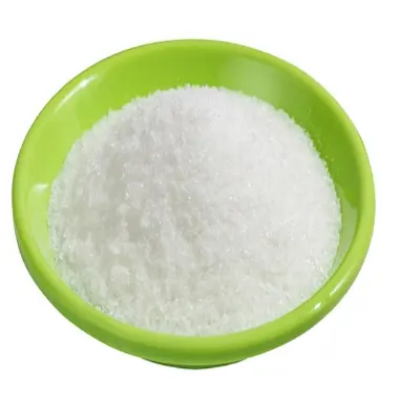
2-phenylcyclopropane-1-carbaldehyde CAS:67074-44-6
2-phenylcyclopropane-1-carbaldehyde is a chemical compound with diverse applications in organic synthesis and medicinal chemistry. With the molecular formula C10H10O, this compound features a cyclopropane ring substituted with a phenyl group and an aldehyde functionality, making it valuable for various synthetic transformations and drug development endeavors. Its unique structural properties offer opportunities for creating novel molecules and exploring potential biological activities, positioning it as a versatile building block in pharmaceutical research.
-
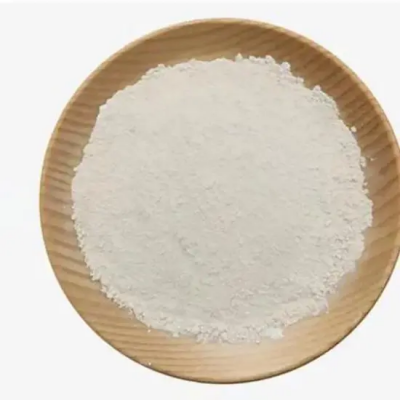
(S)-1-Boc-2,3-dihydro-2-pyrrolecarboxylic acid ethyl ester CAS:178172-26-4
(S) -1-Boc-2,3-dihydro-2-pyrrolecarboxylic acid ethyl ester is a chemical compound with versatile applications in organic synthesis and pharmaceutical research. With the molecular formula C13H21NO4, this compound features a Boc-protected 2,3-dihydropyrrole core substituted with an ethyl ester functionality, making it valuable for diverse synthetic transformations and medicinal chemistry pursuits. Its unique structural properties offer opportunities for creating novel molecules and exploring potential biological activities, positioning it as a versatile building block in drug discovery and development.
-
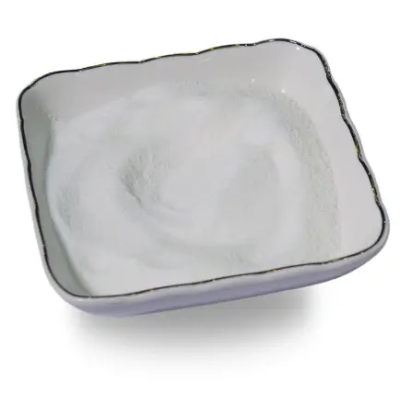
(2-(4-Fluorophenyl)cyclopropyl)methanamine hydrochloride CAS:1354954-53-2
(2-(4-Fluorophenyl)cyclopropyl)methanamine hydrochloride is a chemical compound with diverse applications in organic synthesis and pharmaceutical research. With the molecular formula C9H11FN·HCl, this compound features a unique cyclopropylmethylamine core attached to a hydrochloride salt, making it valuable for various synthetic transformations and medicinal chemistry endeavors. Its distinct structural properties offer opportunities for creating novel molecules and exploring potential biological activities, positioning it as a versatile building block in drug discovery and development.

